Land Rover has heavily updated its Discovery Sport best-seller with a range of new electrified engines, a new platform and a major interior upgrade to take on premium rivals such as the Volvo XC60 and Audi Q5.
Launched in 2014, the Discovery Sport remains Land Rover’s top-selling model. The firm sold nearly 100,000 examples worldwide last year – almost a quarter of its total sales.
Despite that, sales have tailed off as the Sport has lost ground to a fresher set of rivals, so this new version will be crucial in attempts to turn around the struggling fortunes of Jaguar Land Rover (JLR).
The five- and seven-seat model switches from Land Rover’s D8 platform to the new Premium Transverse Architecture used by the second-generation Range Rover Evoque, which is also built at the firm’s Halewood plant. This new platform allows for the adoption of electrified powertrains and the 48V mild-hybrid system introduced on the Evoque features on the bulk of the Discovery Sport’s launch powertrain line-up.
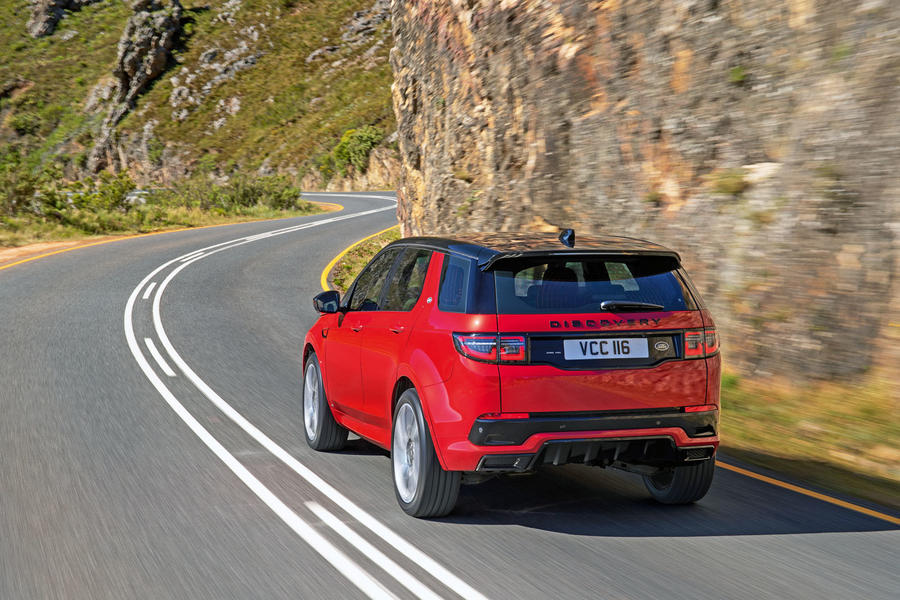
The system, which uses an engine-mounted belt-integrated starter/generator mated to an underfloor battery, means that the Discovery Sport offers fuel consumption from 40.9mpg, with CO2 emissions from 144g/km (NEDC equivalent figure converted from WLTP). A full plug-in hybrid version will follow later this year.
The entry-level model – and only non-mild hybrid – will be the front-wheel-drive version of the D150 diesel, offered with a six-speed manual and providing 148bhp and 280lb ft of torque. All other versions feature all-wheel drive and use a nine-speed ZF automatic gearbox, which has been updated to improve fuel economy on its own by 2%.
The highest-performing launch version will be the P250 MHEV, which features 246bhp, 269lb ft and a 0-60mph time of 7.1sec. Other engine options will be 178bhp and 237bhp diesels and a 197bhp petrol. As with the Evoque, the all-wheel-drive system features the latest version of Land Rover’s Terrain Response 2 system, with four drive modes to adjust the all-terrain technology as well as an auto option that detects and adjusts for the conditions itself. It also offers Driveline Disconnect, which sends power to only the front wheels during steady cruising to further increase efficiency.

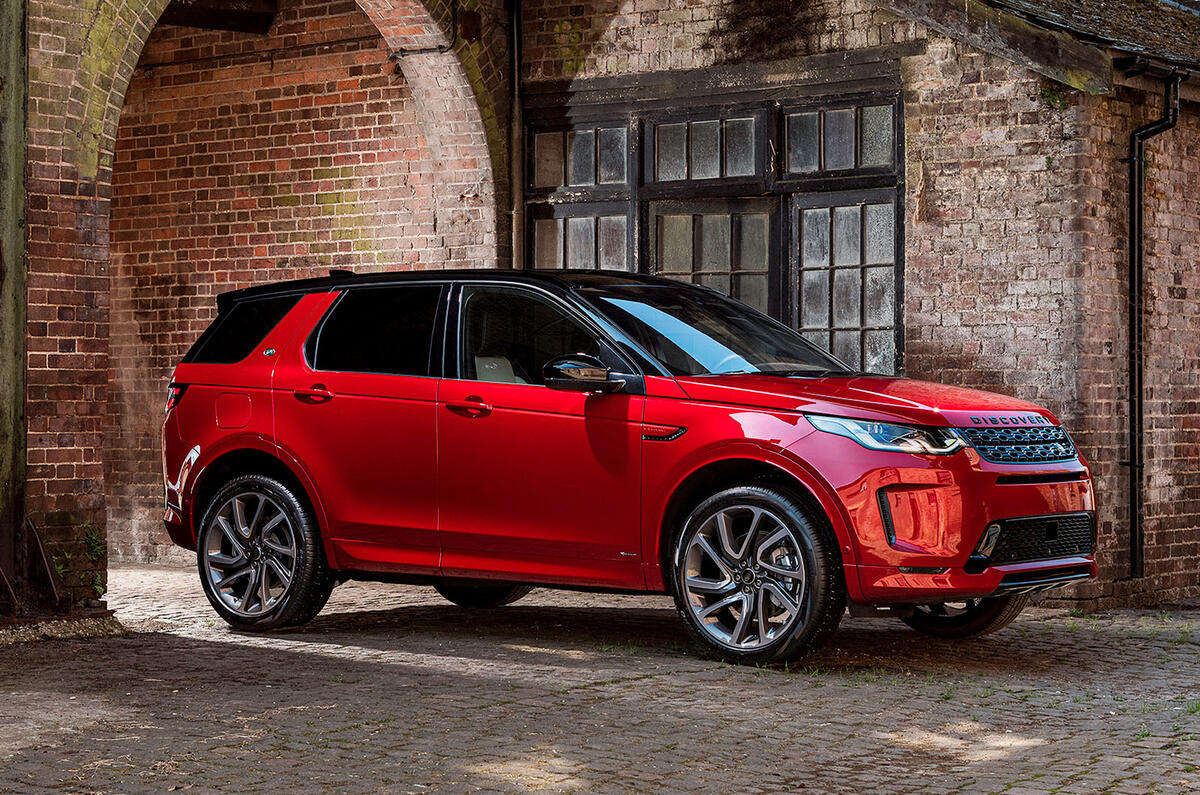
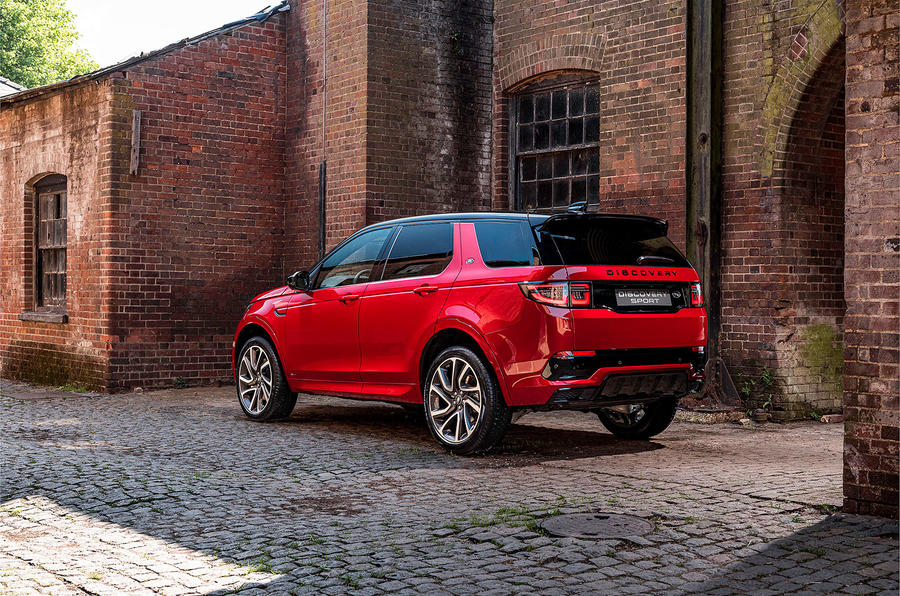

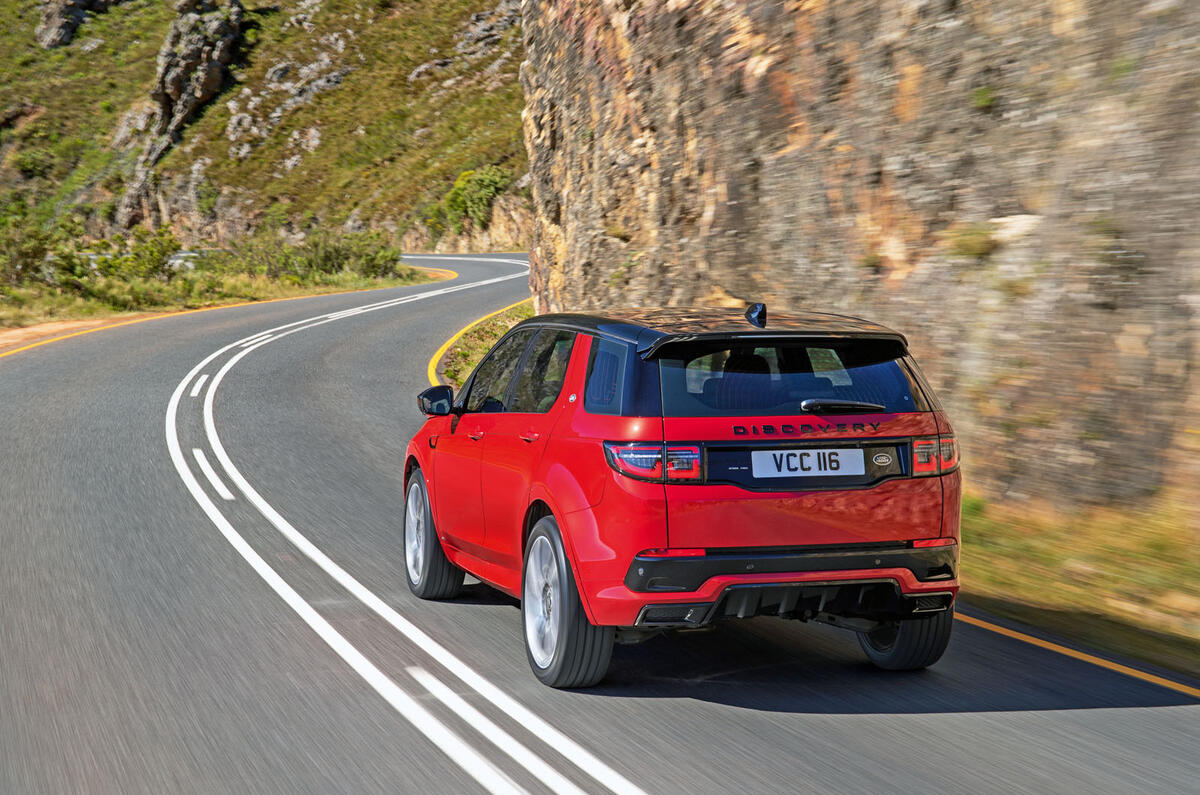





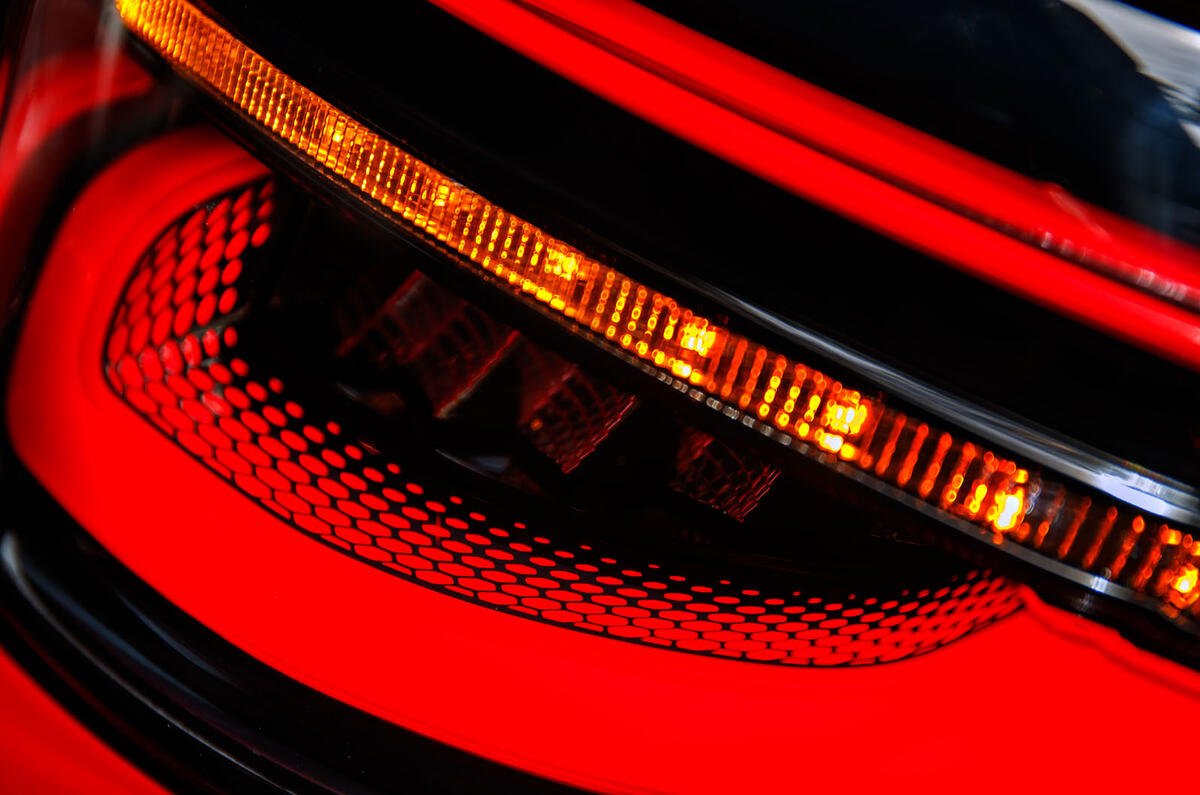
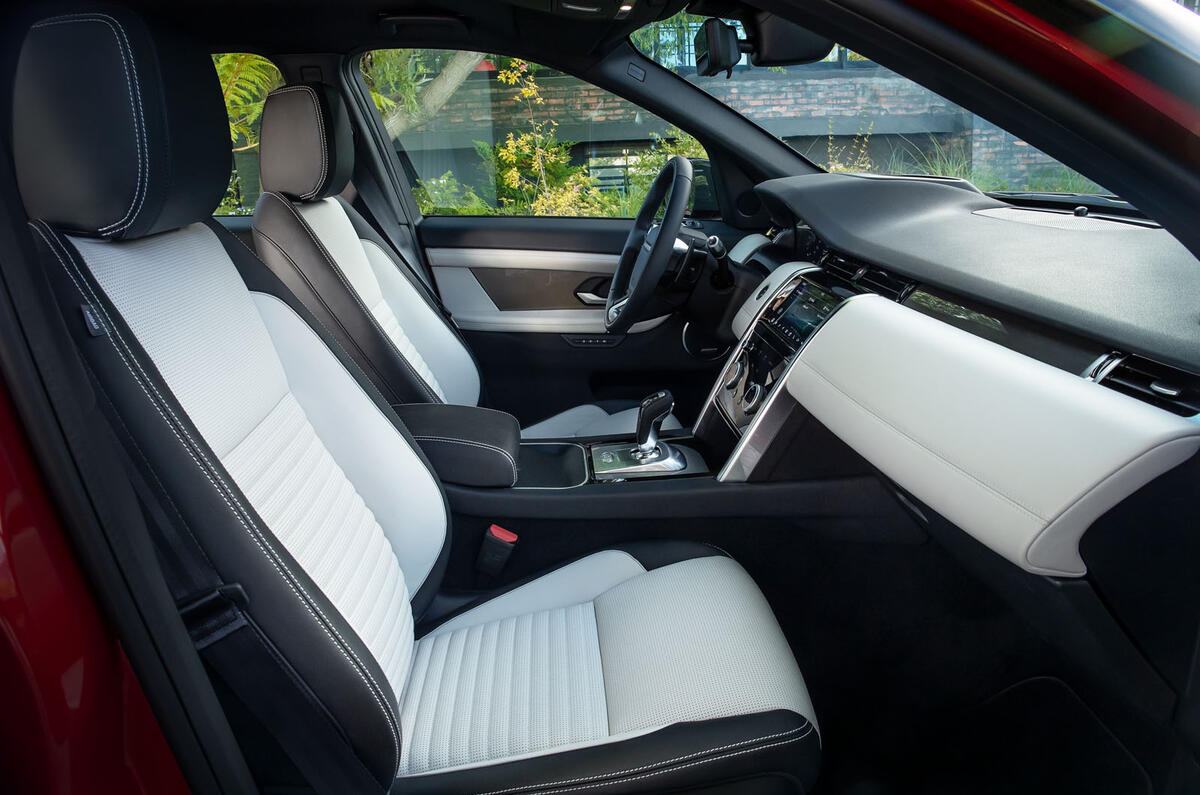
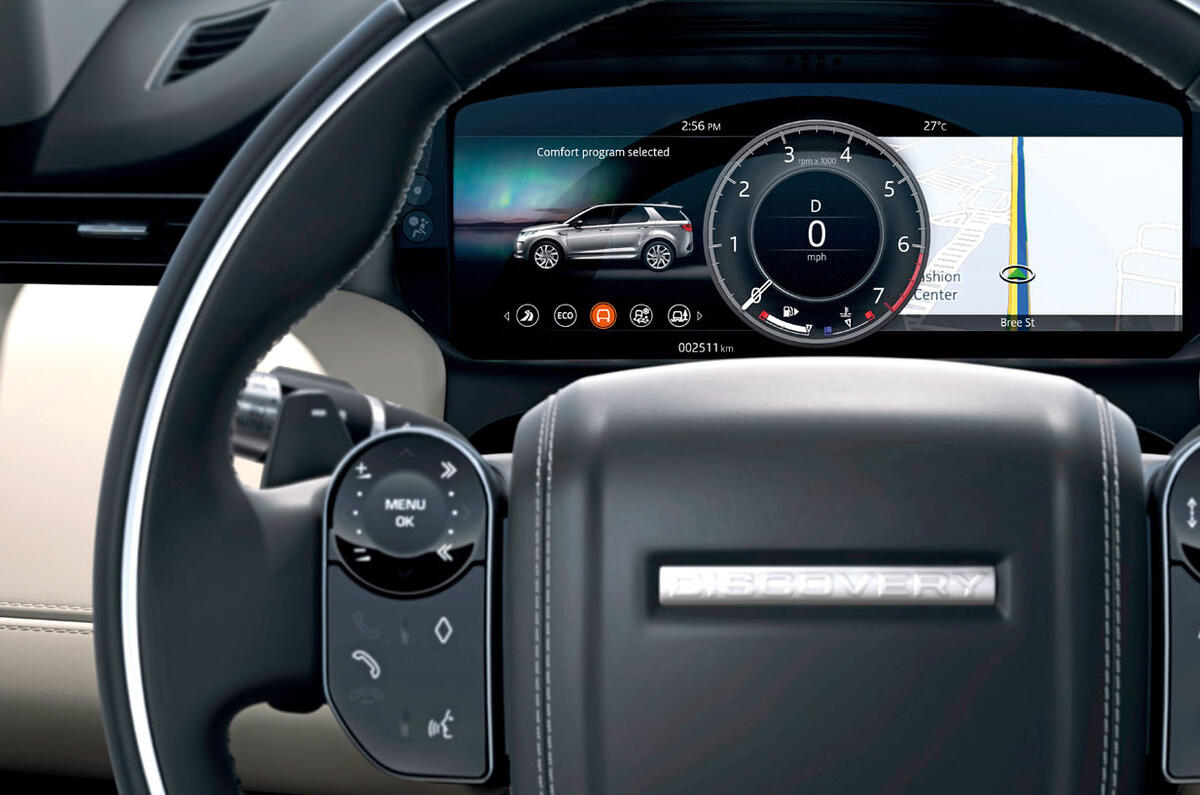












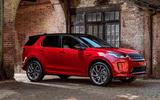

































Join the debate
Add your comment
Of all their models, I like
Of all their models, I like the Disco Sport the most as it fits what I want best. Alas, without a proper hybrid powertrain (not these piddly bolt on souped up starter motor 48V systems) its too much BIK for my wallet, unless I went povety spec 2WD manual weedy 148bhp diesel..erm, no thanks. LR, when you get a 4WD Auto 130g/km 175bhp+ gimme a call and be happy to test drive one.
At least they've not managed
At least they've not managed to work those plasticcy flush door handles into this model.
I've always thought that the Disco Sport was one of JLR's best designs, one which looked right for its market. I'm not sure that the smoothed off front end works as well, though. It makes you wonder how the company dropped the ball so badly when it came to the proportions of the Disco 5, and, to a lesser extent, the Velar.
I agree about proportions of the Disco 5
and I'm hoping they will manage to correct it at a mid-life redesign, but most commentators seem to love the Velar. What do you see as the problem with it?
Hughbl wrote:
Squashing the roof down has made the rear overhang look too long, in my opinion. Looks ok from birds eye view though.
On YouTube....
Yeah!, there are three, that’s three Video reviews on this Car.......